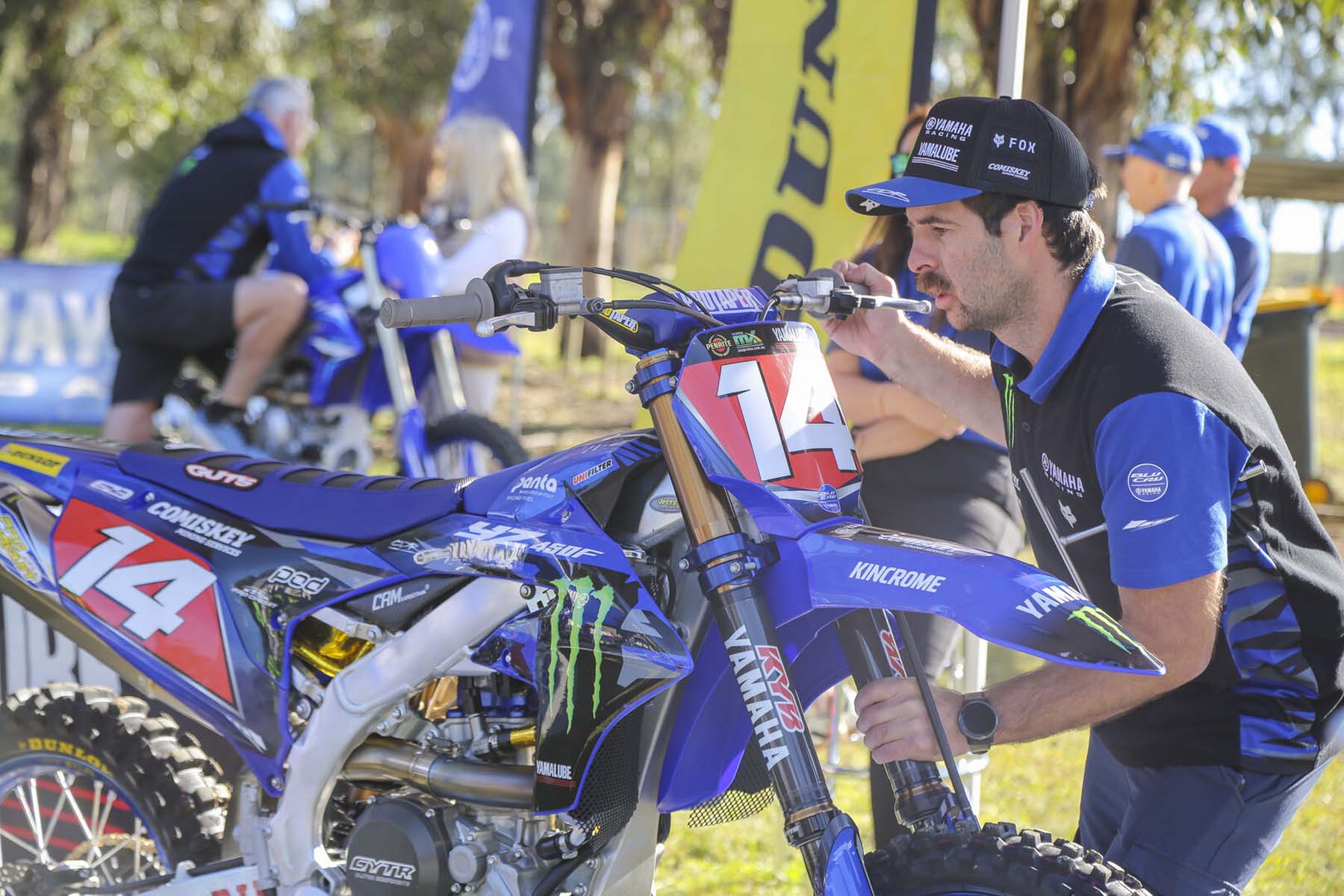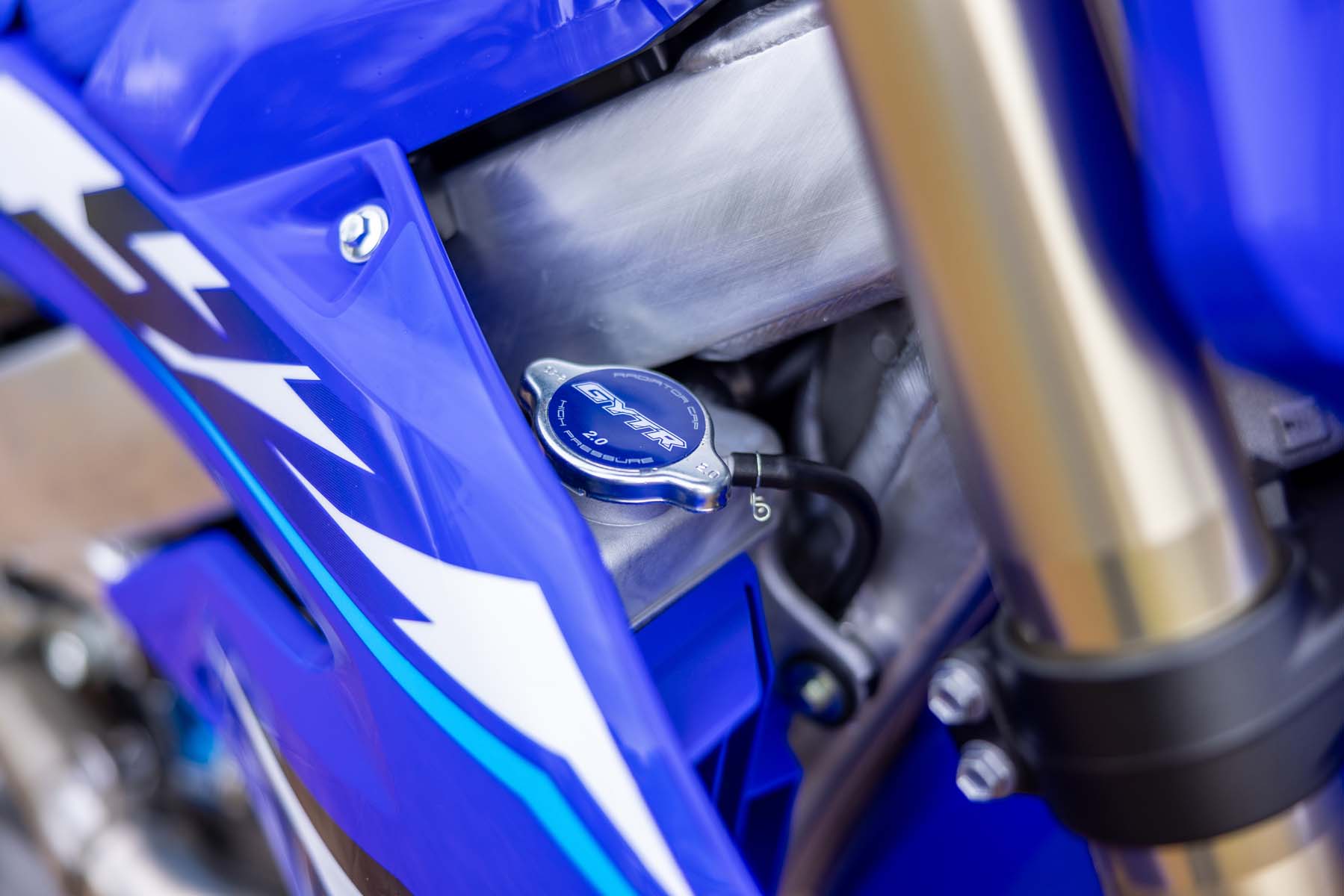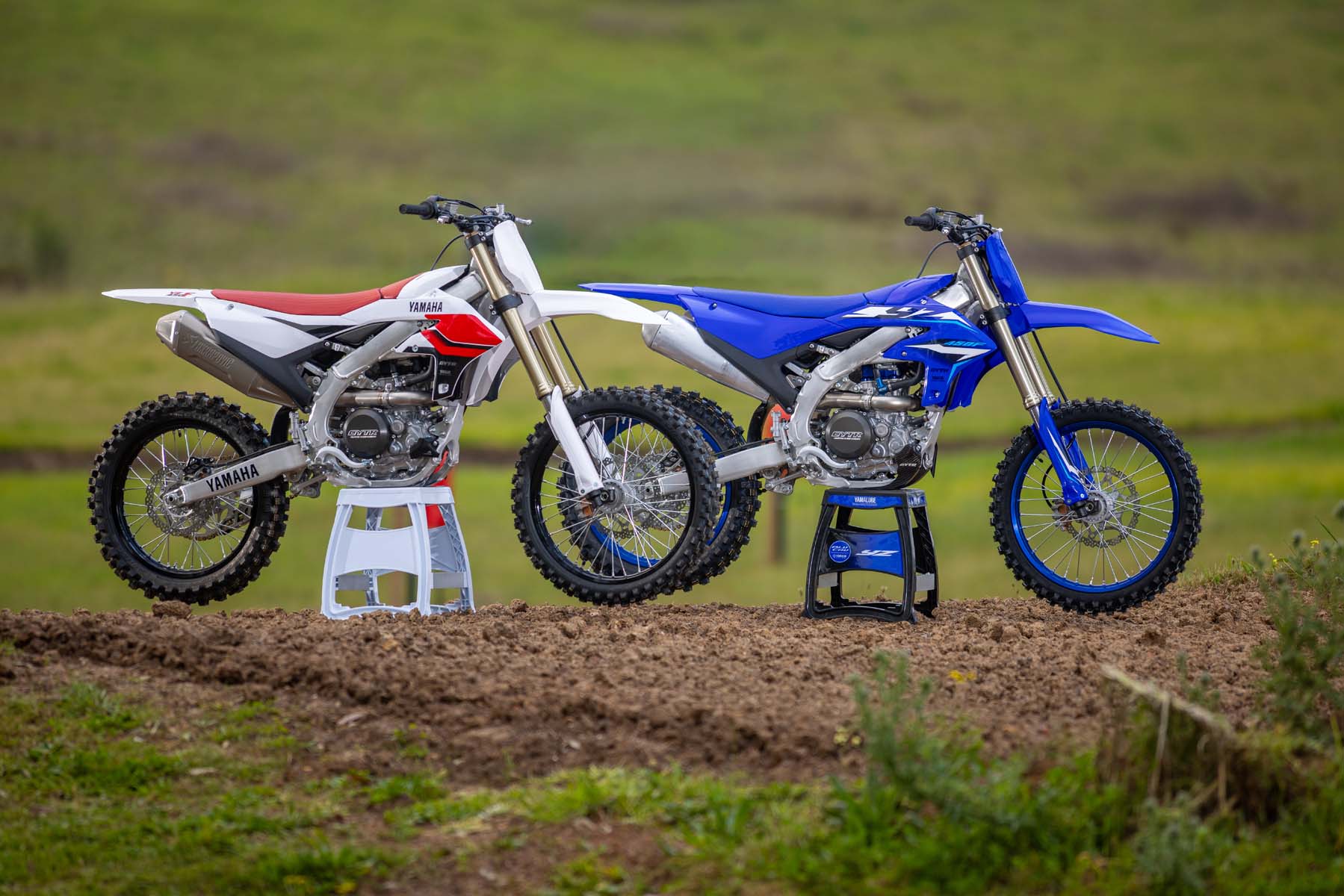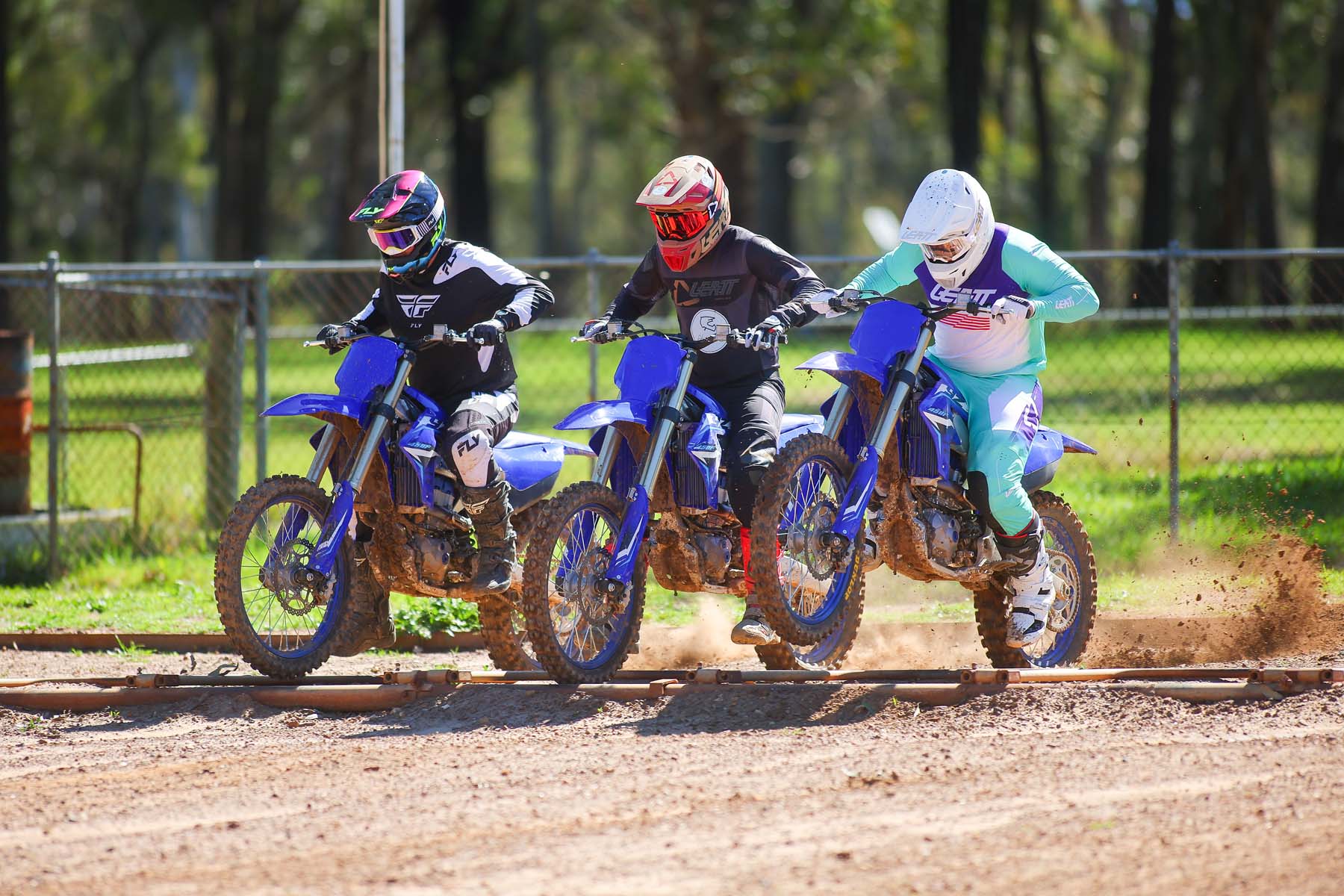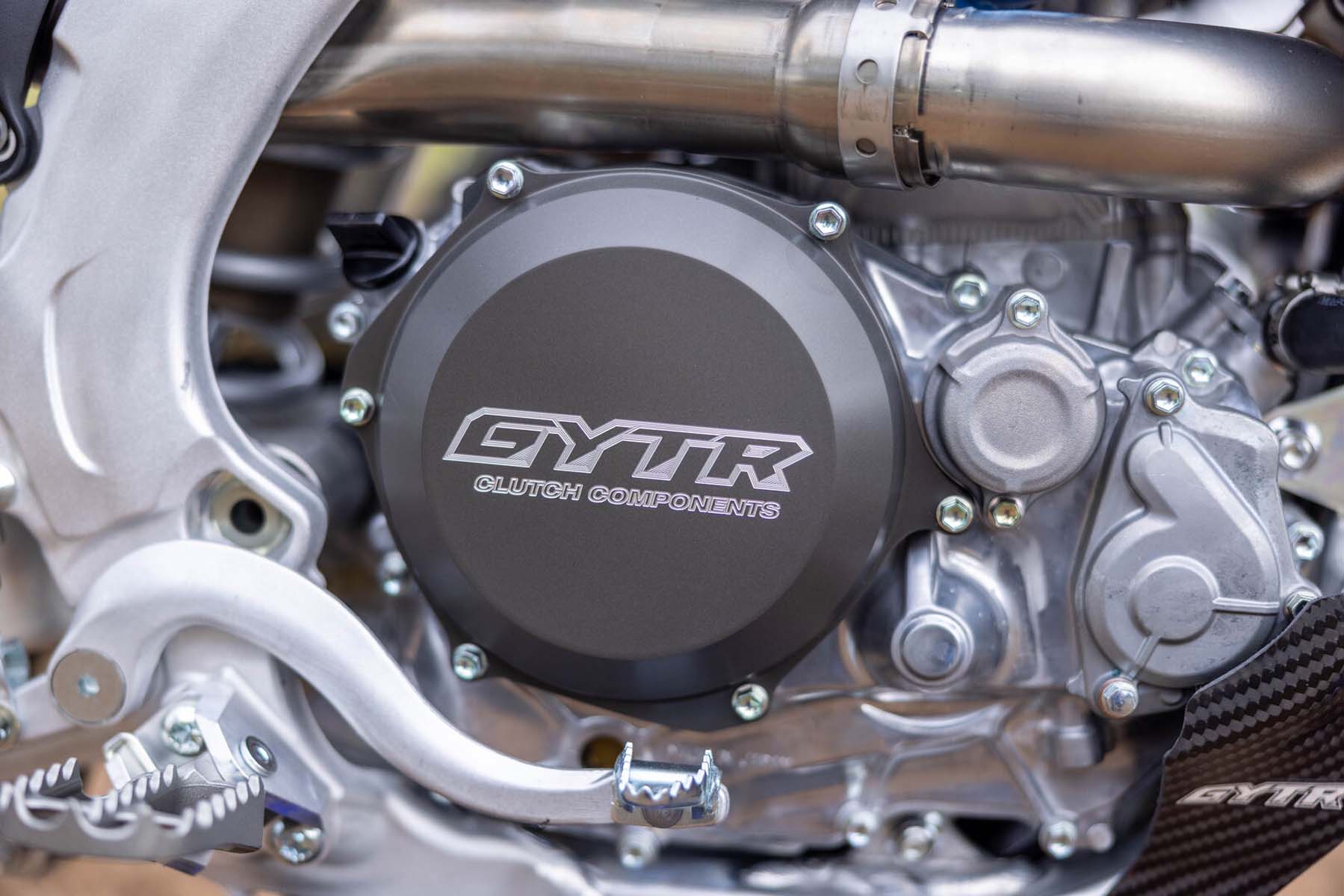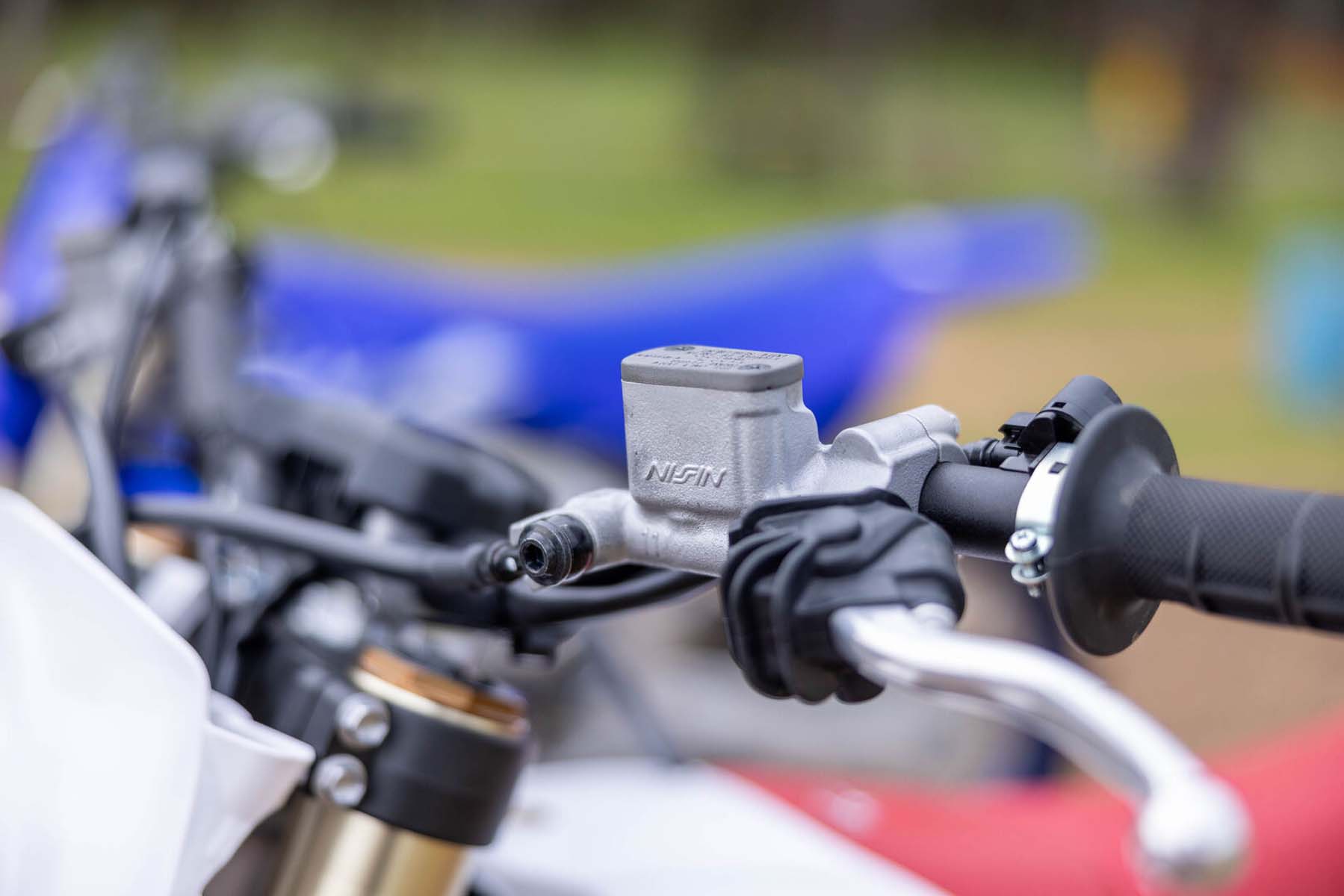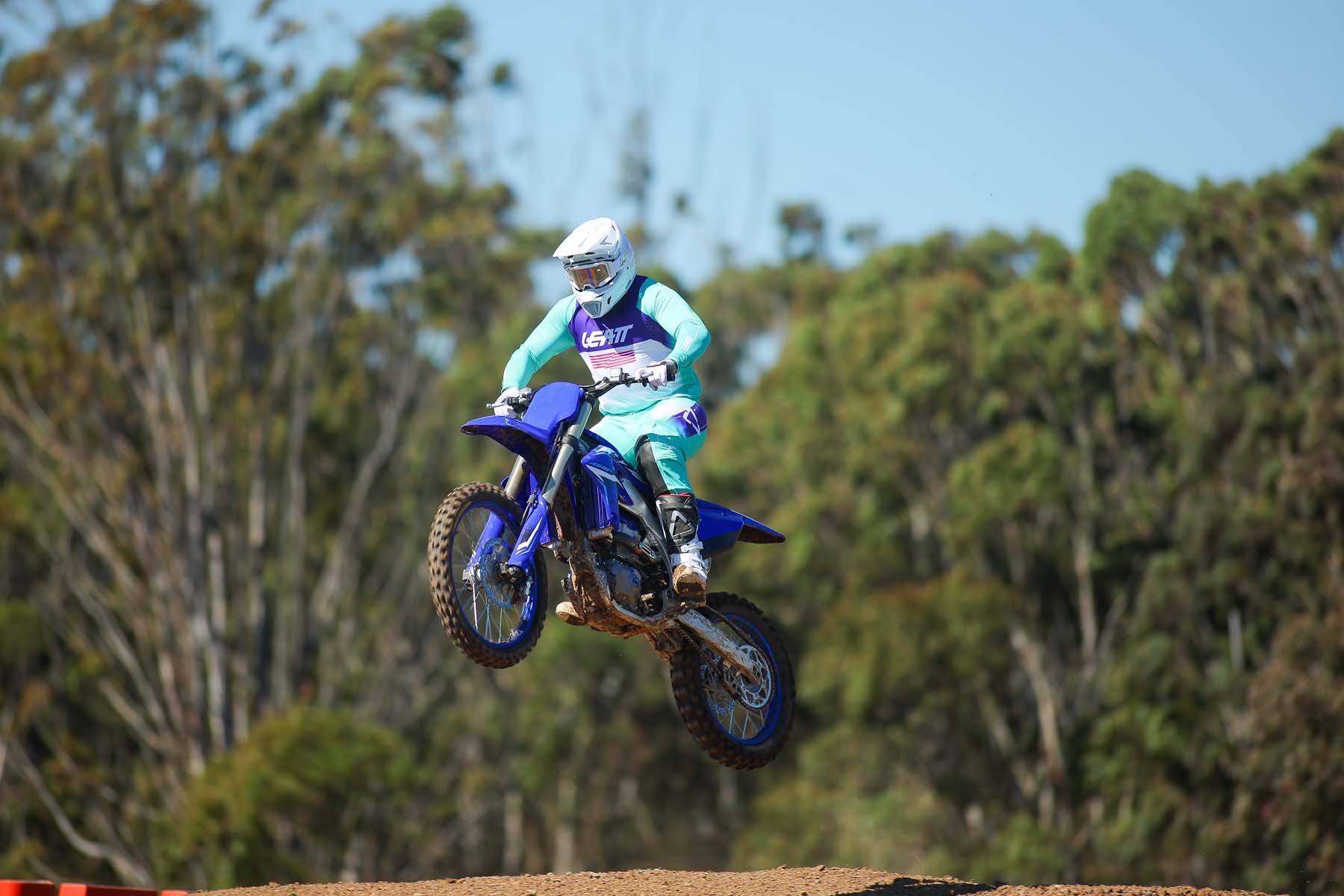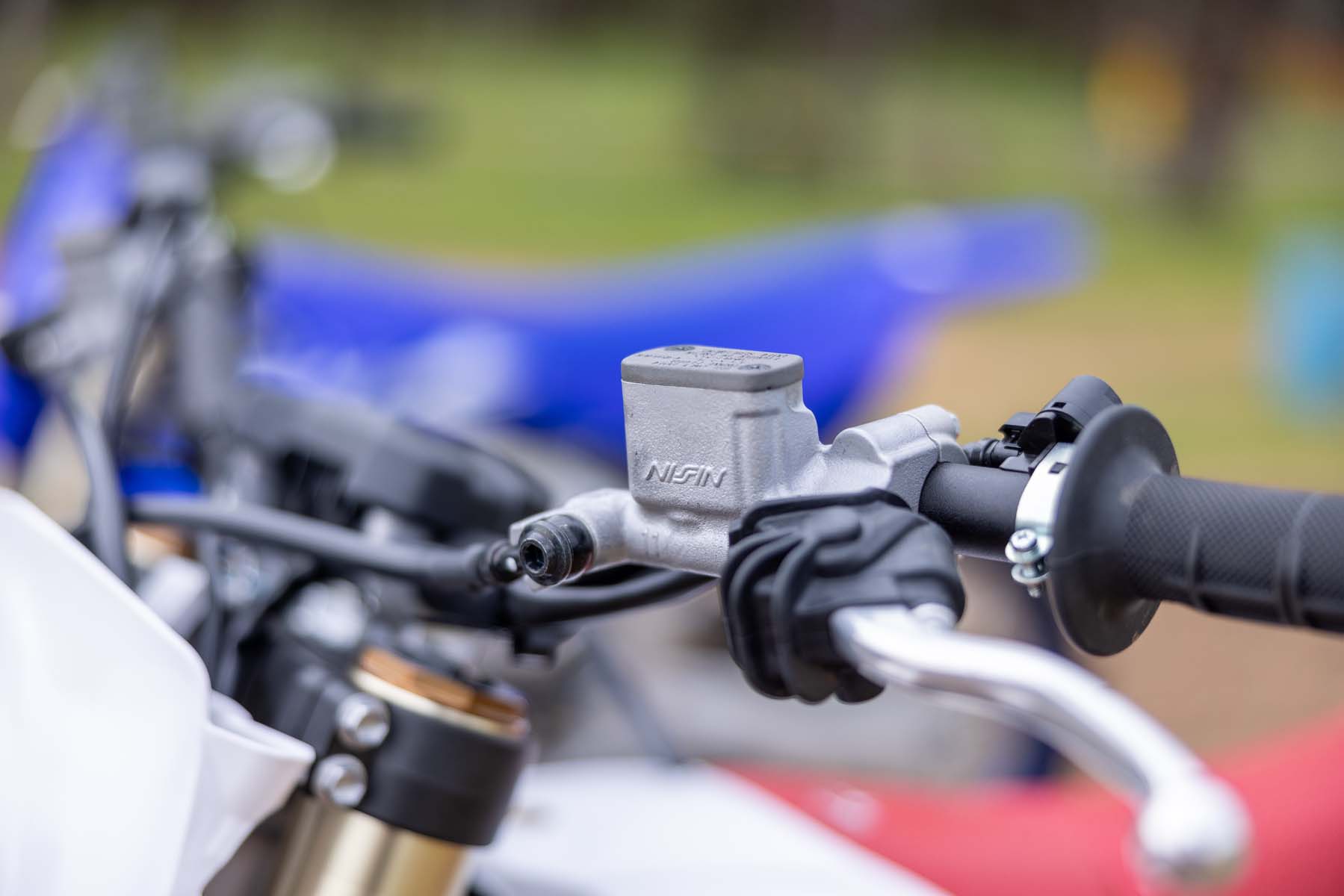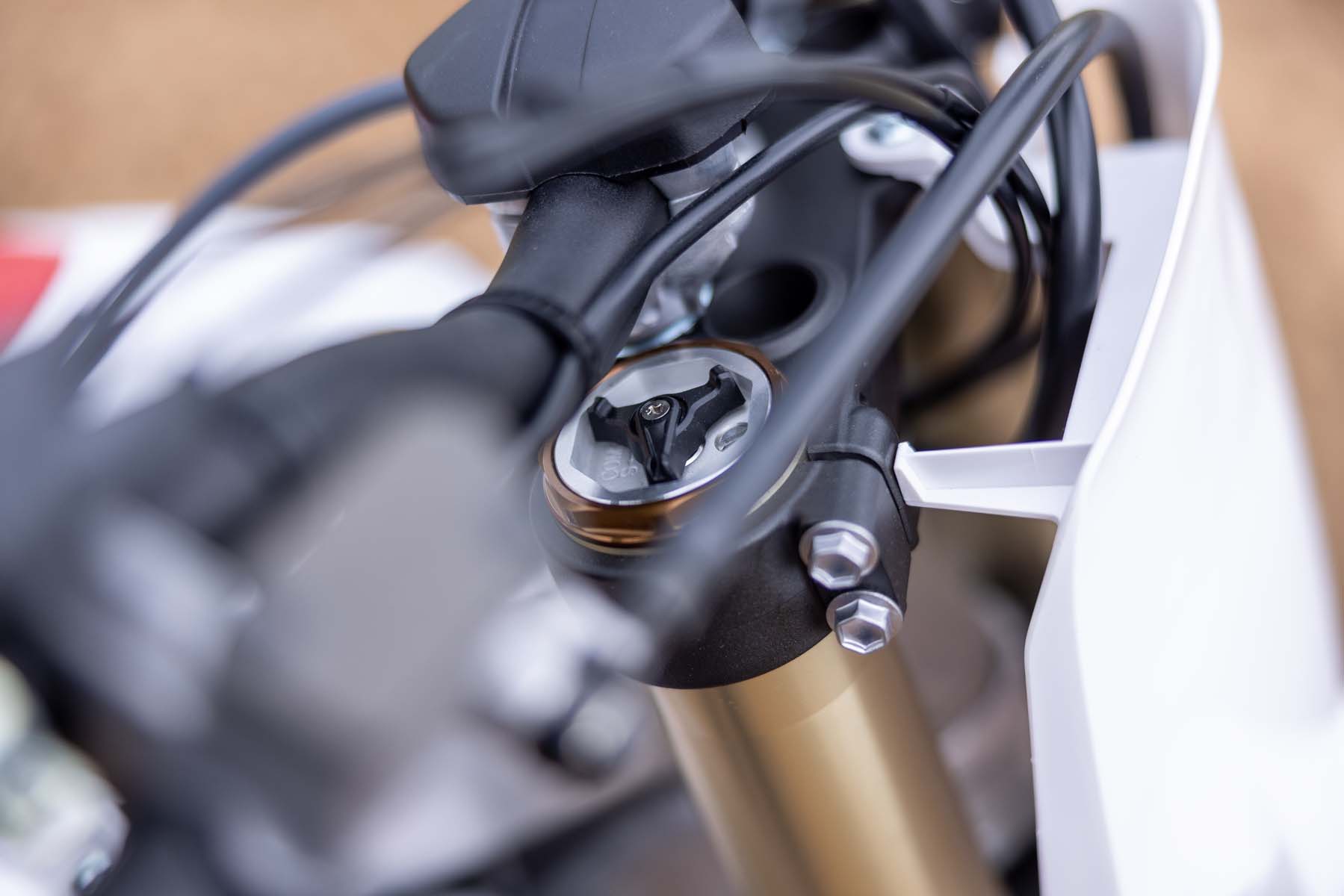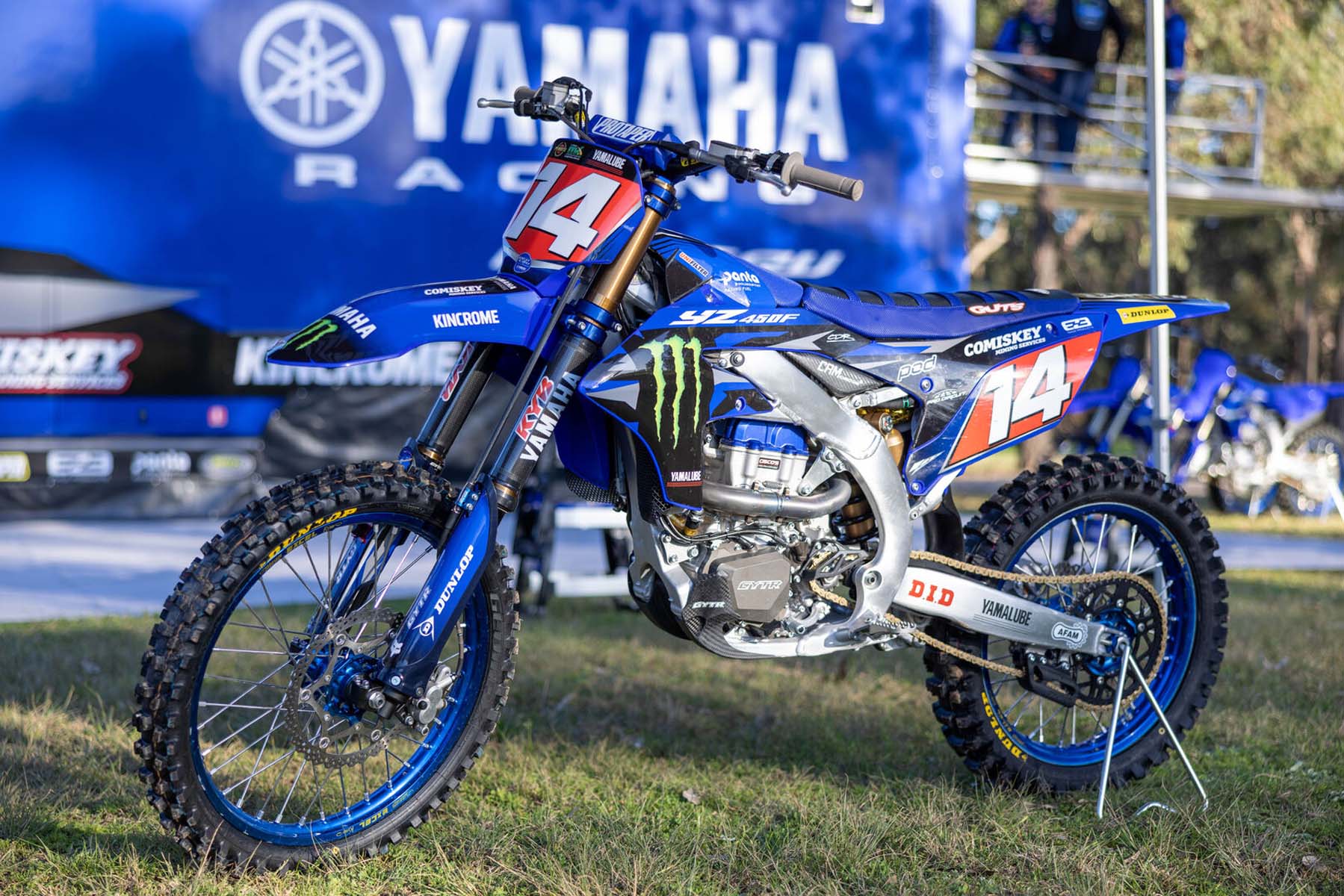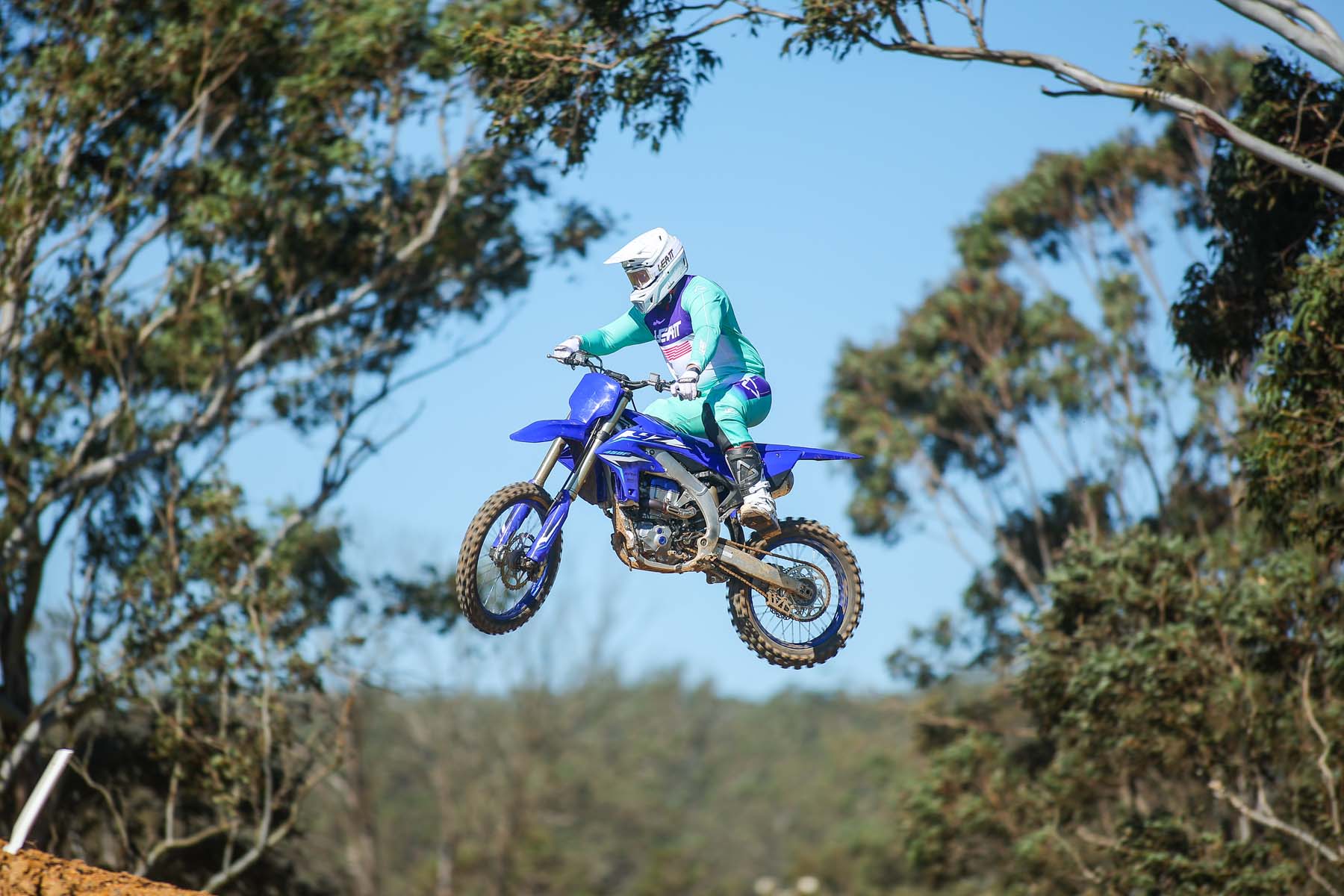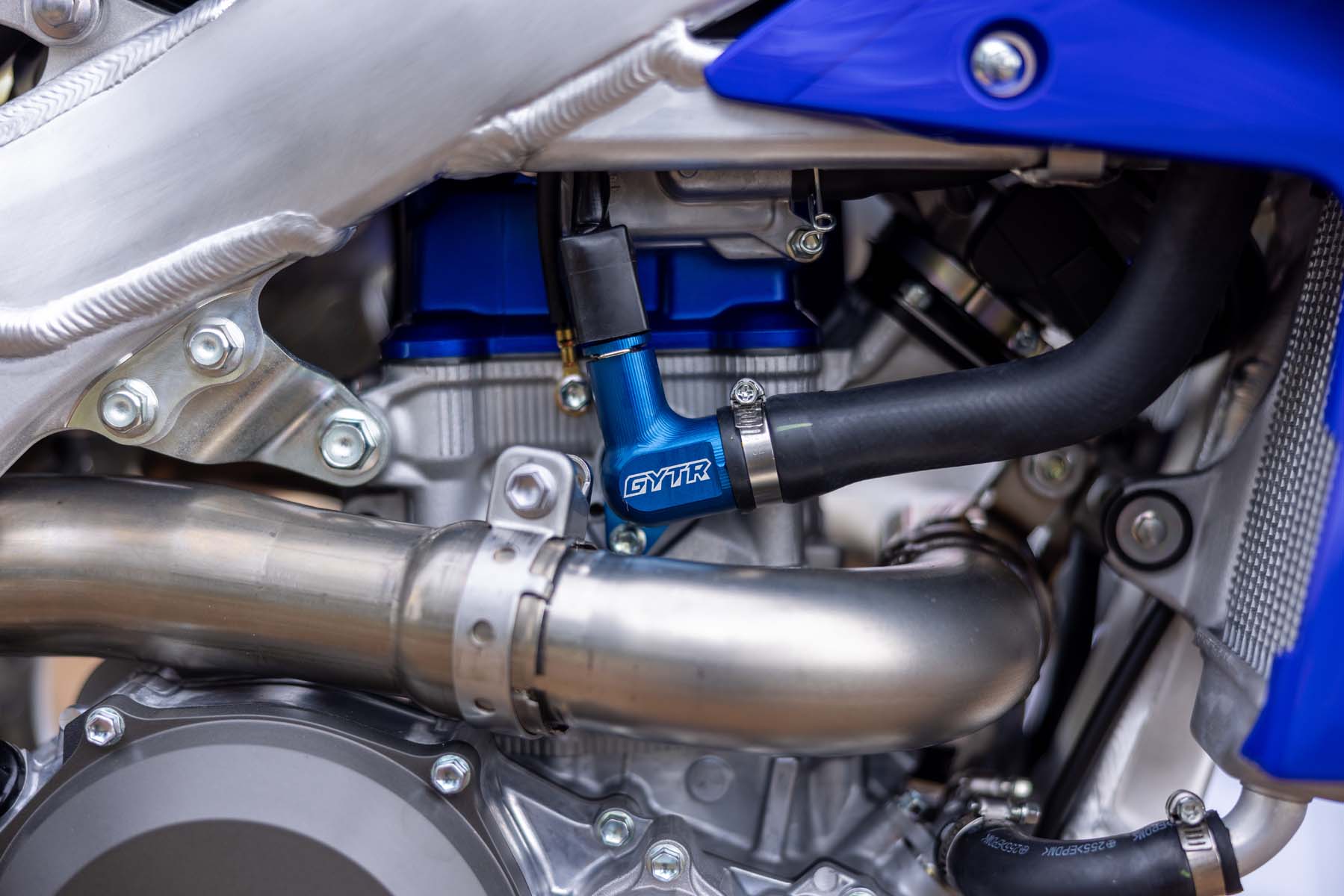Launch Review| 2026 Yamaha YZ450F
Evolution Not Revolution - Sharper & Stronger
Yamaha’s 2026 YZ450F sharpens its claws with a refined chassis, smoother power delivery, a new hydraulic clutch and smarter tech - making the class benchmark easier to ride, faster, for longer.
Test: Jason Strang
The Yamaha YZ450F has built a reputation as the benchmark in the 450 motocross class, and for 2026 it arrives sharper, smoother and more rider-focused than ever. We got our first laps in at Appin’s Macarthur Motorcycle Club, where perfect winter skies and freshly turned dirt set the stage for a bike Yamaha claims is easier to ride faster, for longer. On track, those claims proved more than just marketing - the new YZ feels every bit the evolution of a champion.
.
What’s Changed
Heading into the 2026 launch, most were asking how could Yamaha realistically improve the YZ450? The YZ was already excellent across the board, which made the updates a little nerve-wracking. Too often, “new and improved” really means “different and worse.”
But Yamaha has been careful; the 450cc DOHC engine still has its trademark top-end pull, but with a revised intake port it now produces stronger tumble in the combustion chamber, which translates to more torque and a smoother, more linear connection between throttle and rear wheel. The 44mm Mikuni throttle body and refined fuel injection system deliver clean atomisation across conditions, while the Power Tuner App now includes simplified quick settings, traction and launch control tuning, and an ECU lock function to secure maps with a password.
The clutch has gone hydraulic and offers a lighter pull, smoother modulation, and a consistent engagement point under heat. The redesigned hub increases lubrication across a larger surface, improving stability and lifespan.
The frame has been revised with new rigidity balance, the KYB fork settings are updated, and the rear shock has been completely reworked. The new shock also features a tool-free low-speed compression adjuster - making trackside setup changes as simple as turning a dial.
Bodywork has been refreshed with slimmer panels, sharper fenders, and a new gripper seat with a honeycomb pattern designed to hold you under acceleration but let you slide forward easily into corners. Noise is reduced thanks to a redesigned intake and exhaust, meeting FIM/AMA regulations without dulling the character.
The cockpit now features a four-position adjustable, rubber-mounted handlebar with improved triple clamps. Wheels have been redesigned with a computer-optimised spoke layout for reduced weight and improved impact absorption, with a three-cross pattern at the rear. Dunlop Geomax MX33 tyres remain standard. Brakes and e-start carry over from the previous generation.
.
.
On The Track
So how do all those changes feel in the dirt? The short answer: the 2026 YZ450F still has the same strengths, only sharpened.
The frame feels narrower between the legs, and the feedback from the rear wheel through the pegs is outstanding. On a bike with this much power, that sense of connection is crucial. It lets you trust what the rear end is doing and use the throttle more effectively - something every 450 rider will appreciate.
The standout change is the hydraulic clutch. For riders used to cables, there will always be debate, but the smooth, consistent action and light feel at the lever are hard to argue against. It doesn’t fade, doesn’t need adjustment mid-moto, and simply feels better.
For the day’s setup, I ran 100mm sag on the shock, stiffened compression four clicks, slowed rebound four clicks, and pushed the fork tubes through the clamps. That gave the bike a more balanced feel and sharper steering. Smaller riders may not run the same settings, but for me the stability up front was excellent.
Older YZ generations could feel heavy tipping into ruts and required fiddly sag adjustments. Not anymore. The 2026 turns in easily, feels nimble, and carries its mass so well you barely notice it. The new shock, with its six-piston port design and improved oil flow, is another highlight. At 100kg, I didn’t need to touch a clicker all day. It tracked straight, soaked bumps, and put power down cleanly - impressive out of the box.
The seat update is also worth mentioning. The new gripper cover works brilliantly, letting you slide forward but holding you under acceleration. The slightly rounded Yamaha seat shape also makes it easier to move side to side, especially in flat turns. It’s a clever change that makes the bike feel more accommodating.
And then there’s the motor. Yamaha has long been the horsepower leader in this class, and that hasn’t changed. In our 450 shootout earlier this year at Goulburn, it was that raw power that made the difference up the hills. For 2026, the engine is quieter thanks to the new intake and exhaust, which might trick you into thinking it’s softer. It isn’t. The drive is still immense, the straight-line pull is just as strong, but it’s delivered in a more controlled, less fatiguing way. On a 450, that refinement matters more than raw numbers.
The Verdict
The 2026 Yamaha YZ450F shows why careful evolution often beats radical reinvention. Yamaha has held onto the traits that made the last model so good—brute strength, superb suspension, and a balanced chassis—while adding refinements that make it easier to ride, less tiring, and more race-ready straight from the crate.
The hydraulic clutch, improved suspension, quieter yet equally potent motor, and expanded Power Tuner app all make for a smarter, sharper package. For privateers and pros alike, this is a bike you can line up on Sunday with minimal changes. Yamaha didn’t just maintain the YZ450F’s reputation—they’ve strengthened it.


